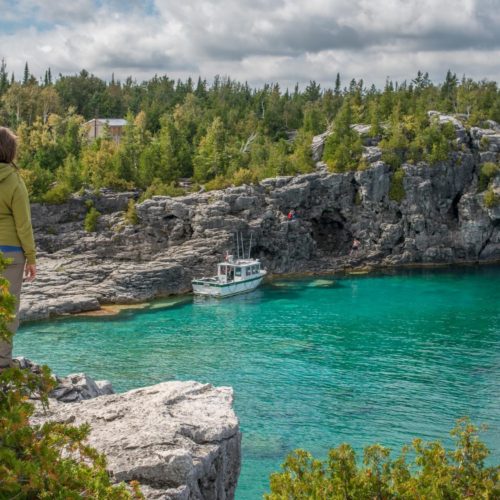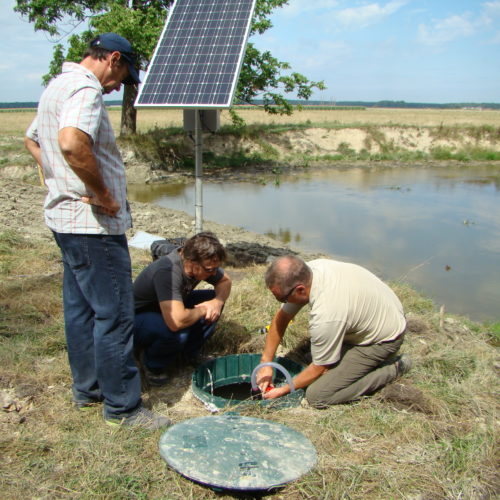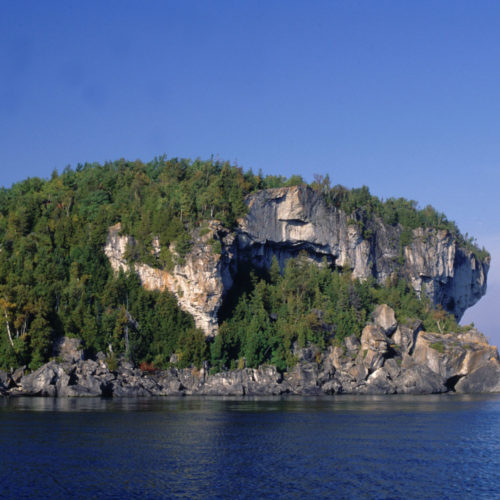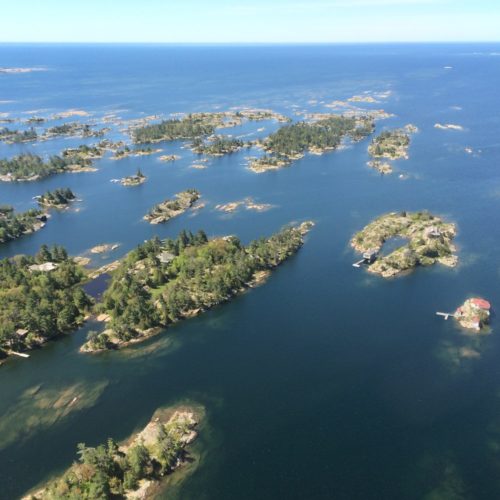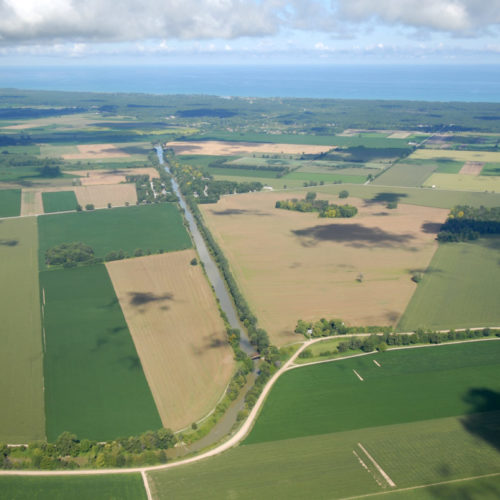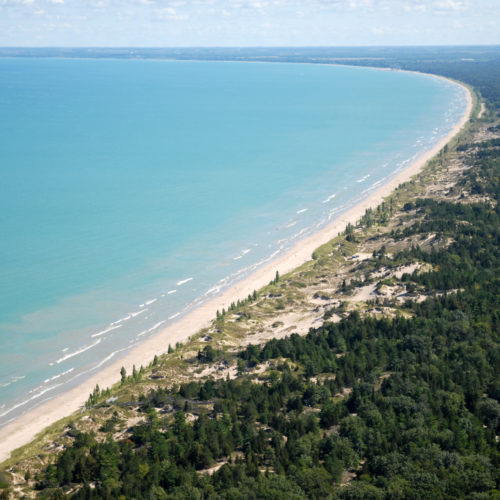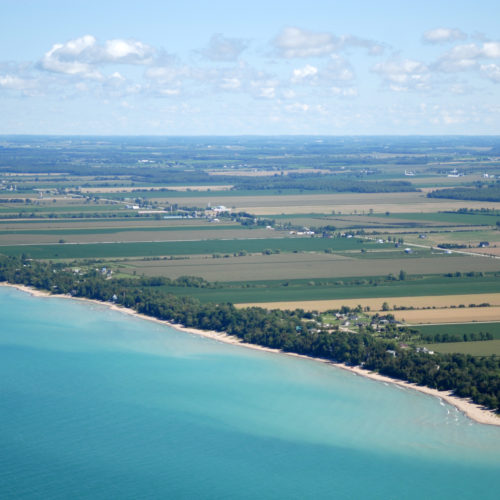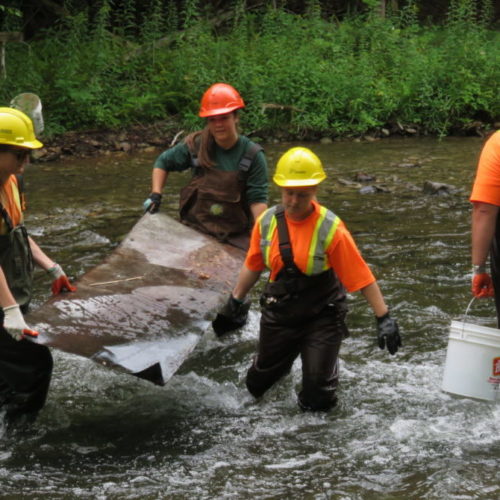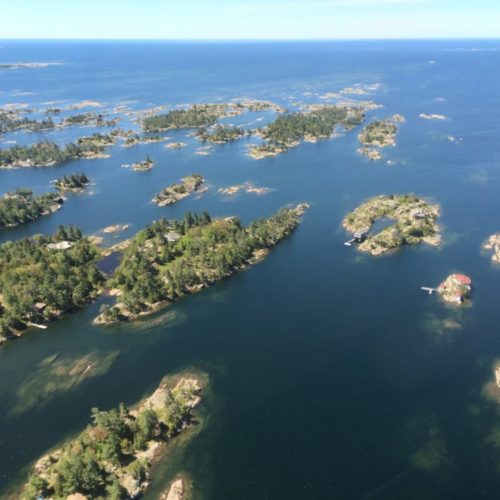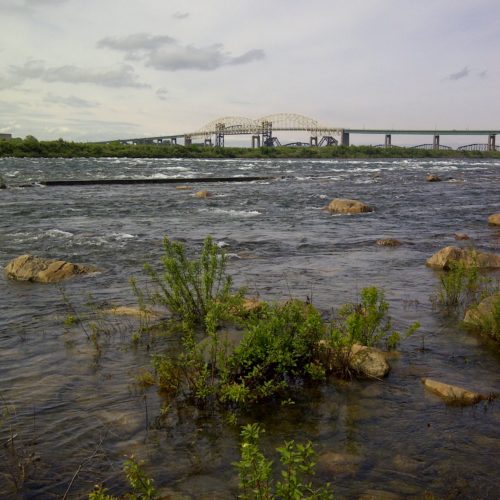Good news for Biodiversity as the Provinces and Territories working with the federal government commit to increase land protection through a variety of measures. stay tuned to this story as the roll out of this new program comes forward. Here is the press release
Provinces and territories agree to protect more land and water, McKenna says
Excerpt:
McKenna also revealed more details of the $1.3 billion Canada Nature Fund, first unveiled as part of this year’s federal budget.
Ottawa is putting $500 million into the fund, which the government says will support species protection efforts and help build Indigenous capacity to conserve land. The first phase of the fund will provide roughly $300 million over five years.
McKenna and Phillips pointed to a “quick start” component to that fund – essentially a mandate to roll out “nearly-ready projects” this summer. “That was really important to Alberta to be able to move forward on some of the things that we know are in the queue and do require support,” said Phillips.
“This is a fund that will allow us to work with provinces, to work with territories, to work with municipalities, to work with Indigenous peoples, to work with industry, to do what we love, which is protecting more of our natural spaces,” added McKenna.
The federal environment minister’s office said McKenna will appoint members to the nature advisory committee as well as a “special ministerial representative” to chair the committee by the end of 2018.
Meanwhile, a call for proposals for the nature fund will be going out “in the coming months” to identify initiatives. McKenna is also expected to announce more details of the fund over the next two months
